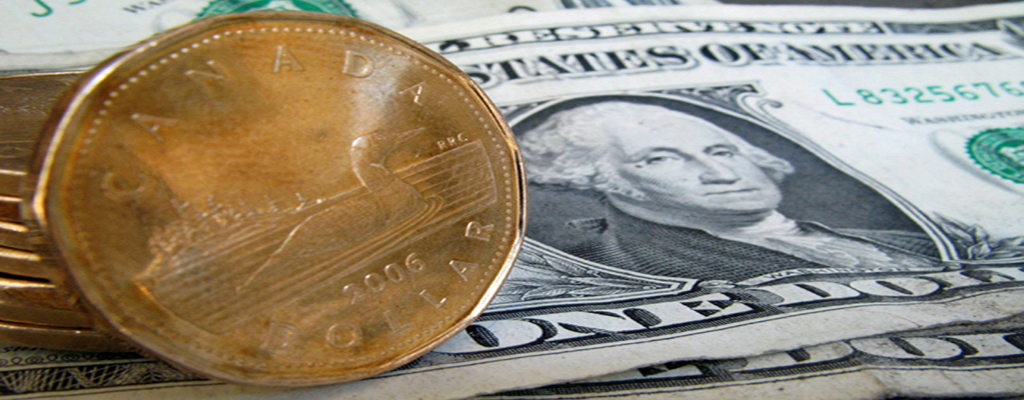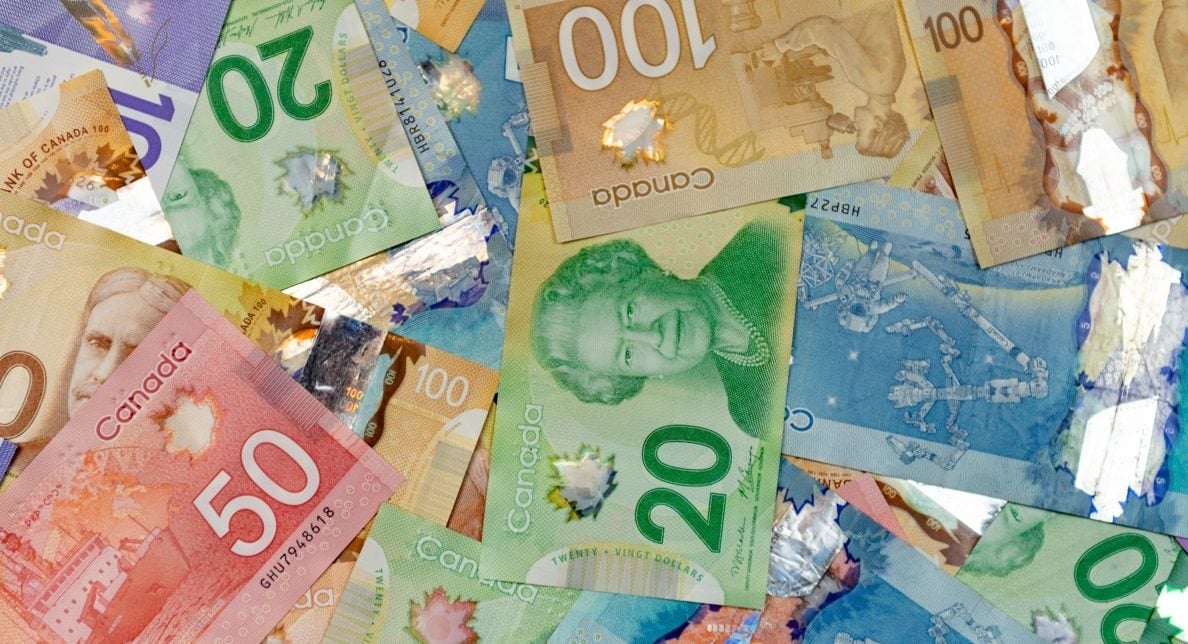The USDCAD exchange rate continues to experience downward pressure as a result of interest rates and broader economic challenges. Currently, the USDCAD pair is trading around 1.3760, with the Canadian dollar experiencing strain from a combination of factors. A significant drop in oil prices, along with uncertainty regarding the Bank of Canada’s (BoC) forthcoming interest rate decision, is impacting the Loonie.

The Decline in Oil Prices Affects the Canadian Dollar
As a leading oil exporter to the United States, Canada is highly susceptible to changes in crude oil prices. The recent decline in West Texas Intermediate (WTI) futures to approximately $78.40, primarily fueled by worries about China’s economic outlook, has negatively influenced investor sentiment toward the Canadian dollar. Typically, the CAD strengthens with rising oil prices and weakens when they decline, highlighting its status as a commodity-linked currency.
Market participants are largely expecting a 25 basis point interest rate cut from the Bank of Canada during its meeting on Wednesday. The easing of price pressures and a softening labor market have heightened expectations for a more dovish approach from the central bank. Such a rate cut would generally be seen as negative for the currency, as it often suggests a weaker economic outlook.

The US dollar (USD) has slightly decreased as investors prepare for a series of economic data releases this week. These reports will offer vital insights into the US economy’s health and will shape expectations for the Federal Reserve’s monetary policy direction.
Political uncertainty has further contributed to the volatility of the US dollar. President Joe Biden’s announcement to withdraw from the 2024 presidential race has introduced an element of unpredictability to the political environment.
Note: Forexschoolonline.com is not a financial advisor. Do your research before investing your funds in any financial asset or presented product or event. We are not responsible for your investing results


Leave a Reply